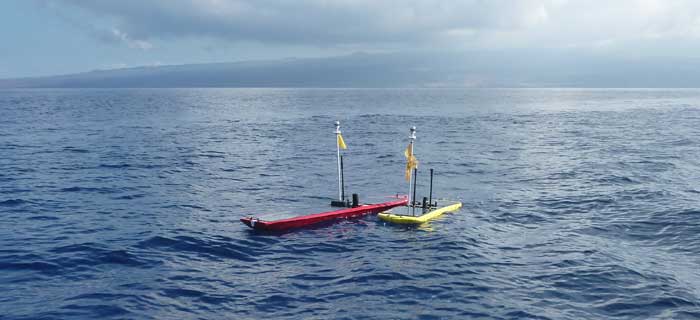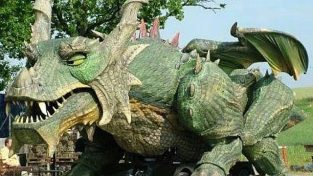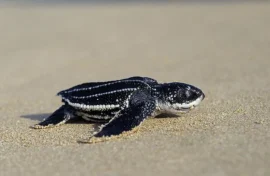Most people don’t bother to think about how automated our society is. So many basic utilities that are necessary for our society to function are working around the clock without any human assistance. Technological advancements and the growing transition to renewable energy are quickly turning our society into a completely automated mechanism.
Power stations that once required a constant stream of fuel can now sit unattended under the sun and still provide us with energy. That energy is then automatically distributed to whatever automatic utility requires it.
Notice a pattern? As fascinating as an automated society is, there are some rather morbid questions that are inevitably asked such as how long would an automated society continue to function if all humans were to disappear from the earth? How long would Vac-Sweeps continue to clean stagnant pools? How long would street lights continue to illuminate empty streets? How long would sprinklers continue to water plants that have long since grown over them?
Perhaps the most morbid of all is the new Wave Glider SV3 that was recently released by Liquid Robotics, a private company from California. The SV3 is marine data center that travels the ocean collecting and transmitting data. Though it’s expensive, $300k to be exact, it’s actually fairly cheap considering what it does. Its capability, durability, and cost-effectiveness have made it an interest of several oil companies, fisheries, researchers, and even the U.S Navy.
It’s packed with sensors and processors that allow it to collect vast amount of data on anything from weather patterns to underwater natural resources. The powerful processors and brilliant design allow it to process and transmit different data for multiple users at the same time. It’s also incredibly sturdy and can withstand almost anything the ocean will throw at it. You may be wondering how this amazing device is related to my previous statements of automation and morbidity.
Well, did I mention that it’s also self-powering, collects data automatically, and can stay in one spot for as long as it need to? Imagine that, a world no longer populated by humans. Most buildings have long since collapsed, roads have become overgrown with plants, and all remnants of our society have fallen into ruin. Yet there are still a few dozen of these Wave Gliders out there, endlessly traveling from corner of the earth to another, endlessly collecting data for people that will never see it.




